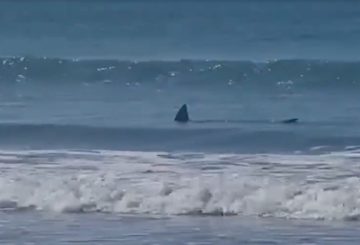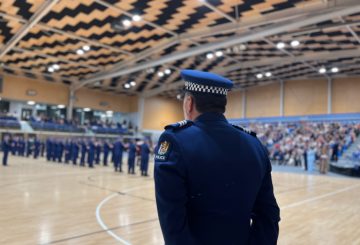Envirohub ベイ・オブ・プレンティは、ファッションとサステナビリティを結びつけることを使命としています。2024年には48時間のセカンドハンド・ファッション・コンペティションを開催し、参加者は埋め立て地に送られるはずだった服からウェアラブルな服を作るという課題に取り組んでいる。
このコンペティションの目的は、服の選択が環境に与える影響を人々にもっと認識してもらうことです。Envirohub BOPプロジェクトコーディネーターのMilly McHardieによると、毎年約6000個の輸送用コンテナの繊維廃棄物がニュージーランドの埋め立て地に送られています。このコンテストは、衣類を捨てるのではなくアップサイクルして新しい生活を送ることが、日常生活の一部になり得ることをアピールしたいと考えている。
このコンテストには、7月5日までにEnvirohub BOPのウェブサイトから登録できます。コンテストは7月6日に始まり、参加者はリサイクルショップから売れ残った服を受け取る慈善団体であるターニング・ポイント・トラストから服を選びます。その後、参加者は48時間かけてこれらの服を新しい服に変身させます。
コンテストは高校生とオープンの2つのカテゴリーに分かれています。今年のテーマは「私の冬のワードローブ」です。参加者は、自宅での暖かさや外出時の服装を問わず、理想的な冬の服装をデザインすることが奨励されています。
完成した衣装は、7月8日までにEnvirohub BOPに提出する必要があります。ファッションショーと授賞式は、7月27日にタウランガ市のザ・カーゴ・シェッドで開催されます。応募作品は、着用性、構造、創造性、テーマの順守、持続可能性について審査されます。
賞金はどちらのカテゴリーでも用意されており、受賞者には250ドル、準優勝者には100ドルが贈られます。ショー終了後は、サステナブル・ファッションのメッセージをさらに広めるために、衣装を一般公開します。






























































